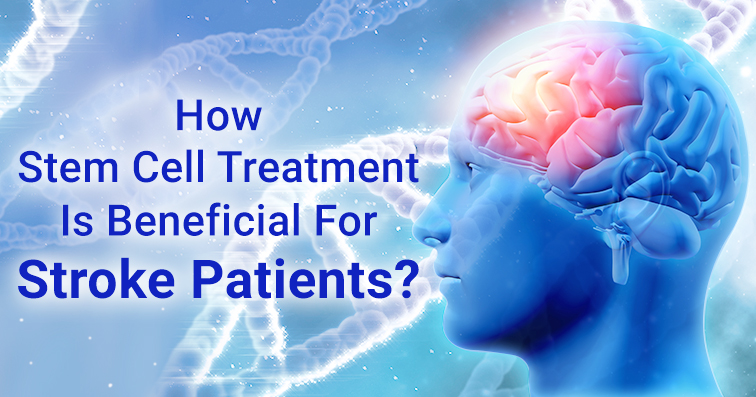
Stroke is a prominent cause of death worldwide. It hits a person when the blood supply to the brain is reduced drastically due to a blood clot or ruptured veins. The effect of stroke results in loss of motor functions and other vital body tasks, depending on what side of the brain the damage has occurred.
The brain needs a constant supply of fresh blood to function normally. As soon as the flow of fresh blood becomes less or is stopped, the brain cells do not receive the required oxygen or nutrients and ultimately they get damaged. A stroke happens when the fresh blood supply to one or more than one part of the brain is reduced or blocked. A stroke can be termed as follows:
- Ischemic stroke: This is the most common form of stroke that ensues when the flow of oxygen-rich blood, to the brain, is blocked due to blood clots.
- Hemorrhagic stroke: This form of stroke arises from blood vessel bursts in the brain.
A stroke can interfere with body movement, speech, memory, etc. It can cause paralysis in one or more parts of the body or loss of control in various body functions. Some important risk factors that increase the chance of a stroke are untreated high blood pressure, a diet high in fat, excessive consumption of salt, smoking, etc. Clinical treatment with adult stem cells offers hope to people deprived of motor impairment following a stroke. For Stroke, stem cell treatment can restore the motor function in individuals helping them to regain the ability to walk.
For a brain Stroke, Stem cell treatment is an effective medical treatment to repair the damaged tissue. This Neural infusion is safe and painless that tend to focus on the underlying cause of the patient’s injury. These healthy cells survive transplantation and activate to multiply into fresh neurons of brain tissue. In the process, they replace damaged cells and also encourage endogenous neural precursors to boost structural neuroplasticity of the brain, control pro-inflammatory cytokines and regulate the neuronal apoptotic death. For Stroke, Stem cell treatment also targets the brain’s circuit that controls the body function.
The derived cells are separated in a stem cell lab of well-known hospitals in India such as NeuroGen Brain and Spine Institute in Mumbai. The treated stem cells are injected intravenously via lumbar puncture, near the motor neuron tracts or close to the place of lesions to promote regeneration and growth through the Cytokine secreted by them. Post stem cell therapy, a patient display improvement in:
- Physical coordination and posture
- Lower body movements
- Motor skills in hands, fingers and toes
- Muscle strength
- Overall blood circulation
- Muscle rigidity
- Speech delivery
Although stem cell recipients show enhanced improvement, still physical and speech rehabilitation therapies are recommended to allow the brain to return to normalcy.








